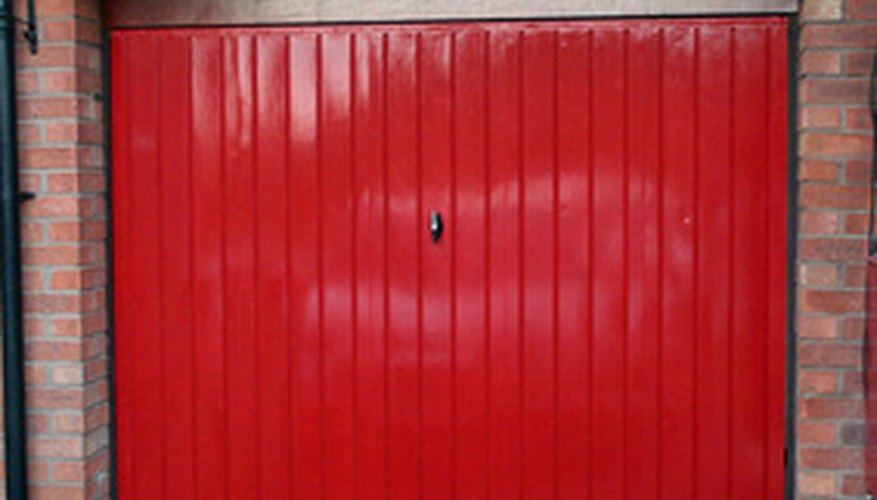Whether your garage is attached to your house or free-standing, you need to heat the space. Working on projects in the cold is no fun, and cold air can harm tools and equipment. If you have any leaks or water gets into the space and freezes, you'll have even more problems to worry about in the spring. Prevent these problems before they develop. Heating your garage does not have to be expensive and can be accomplished cheaply.
- Whether your garage is attached to your house or free-standing, you need to heat the space.
- Working on projects in the cold is no fun, and cold air can harm tools and equipment.
Inspect the walls and ceiling of the garage, looking for any insulation. The developers who built your home should have installed thick insulation in the ceiling areas and in between the walls. Add insulation to these areas if you find your garage lacking.
Measure the size of your garage, or get a rough estimate of the floor area. You need to know the amount of space you have to heat in order to heat it effectively.
Use sealed-combustion space heaters. The heaters rely on natural gas or kerosene and work by taking air from surrounding areas and sending it back out as warm air. Check the packaging carefully to determine the amount of space each heater covers, and purchase enough heaters to heat the space effectively. With a single-car garage, you'll likely need a minimum of one heater. Turn the space heaters on at least 30 minutes before working in the garage to bring the temperature up to a comfortable level.
- Measure the size of your garage, or get a rough estimate of the floor area.
- Check the packaging carefully to determine the amount of space each heater covers, and purchase enough heaters to heat the space effectively.
Install electric radiant ceiling panels in areas of your garage. The panels are installed on walls and ceilings and work by heating the objects in the nearby vicinity. The panels will quickly heat up the walls, blocking off the cold air and making it warmer in the garage.
Place blankets or rugs on the floors and over any openings in the garage, including windows. Hammer the blankets into place with nails, fastening securely to the walls. This helps block out any drafts or cold air, which may make the garage feel even colder and decrease the effectiveness of heating devices.
WARNING
Remove any objects, especially clothing and flammable materials, from around the space heaters to reduce the chance of fire.
